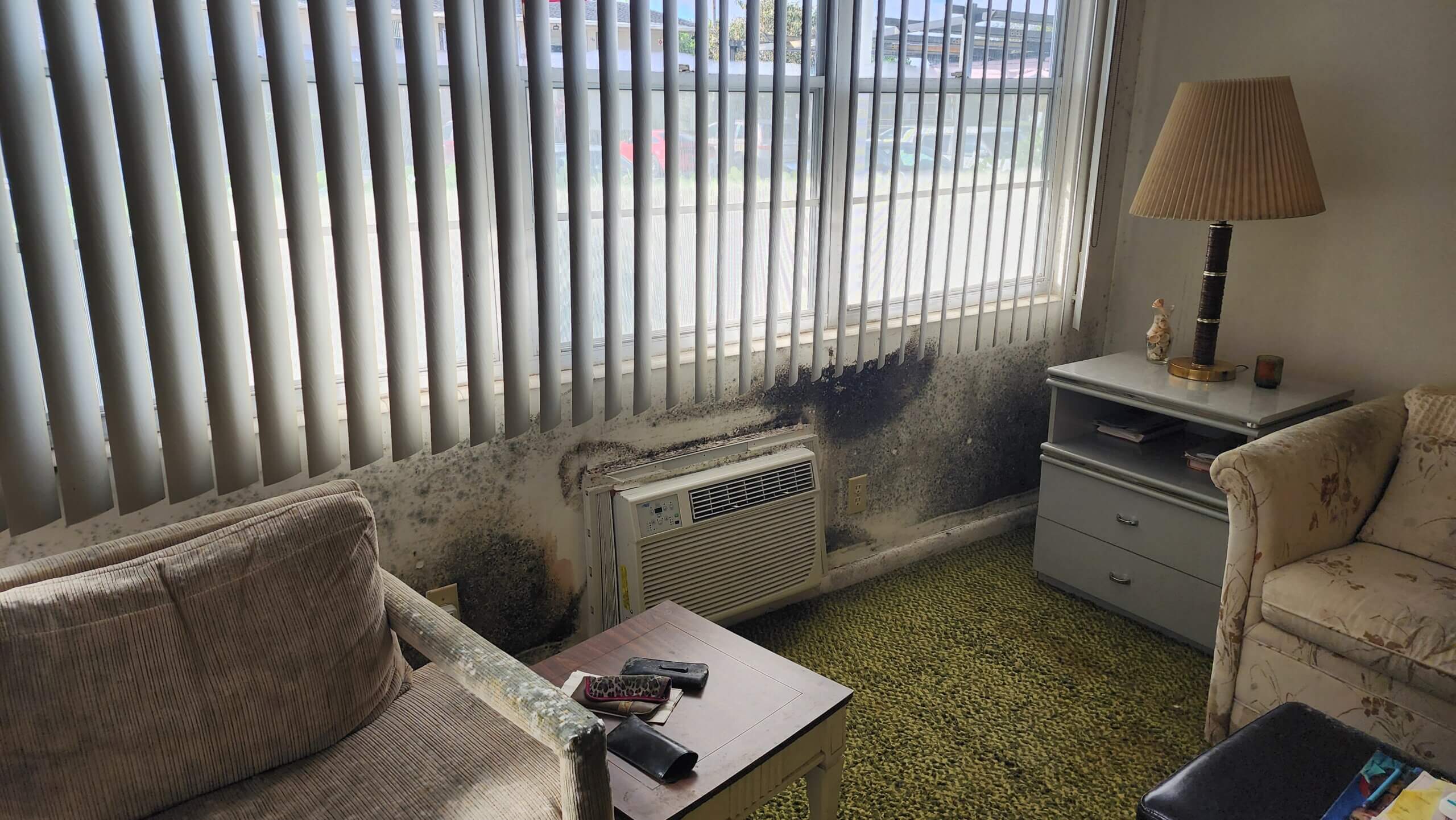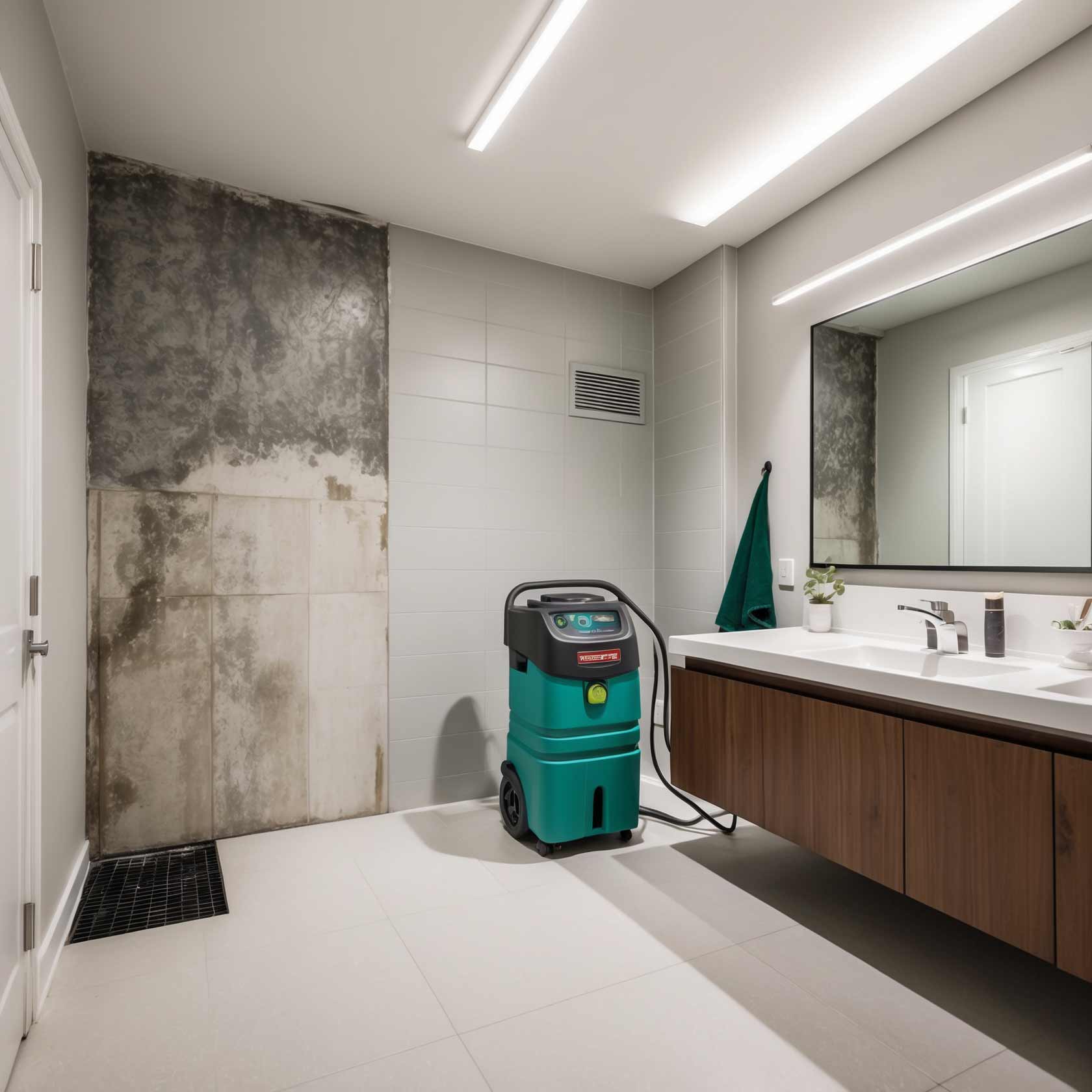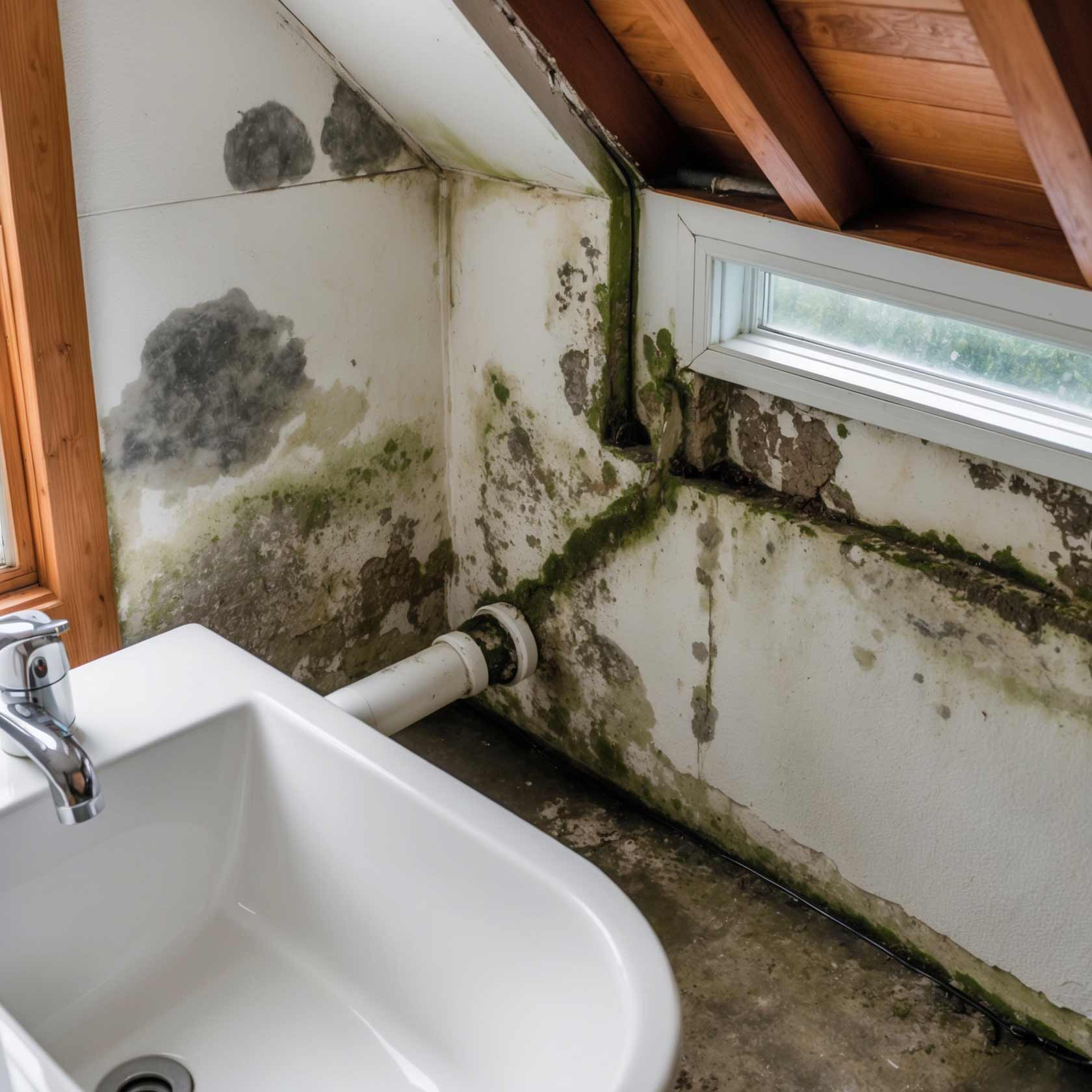Can You Remediate Mold Yourself?
Mold is one of those pesky problems that can sneak up on you when you least expect it. One day, you're happily living your life, and the next, you notice some unsightly black spots on your walls or a musty odor wafting through your home. Suddenly, you're faced with the question: Can you remediate mold yourself? This article will delve into the ins and outs of mold remediation, offering insights on whether DIY is a viable option or if it's best left to the pros.
Understanding Mold: The Basics
What is Mold?
Mold is a type of fungus that thrives in damp environments. It can be found both indoors and outdoors, playing an essential role in breaking down organic matter. However, when mold spores land on a moist surface indoors, they can grow and reproduce quickly.
Why Should You Be Concerned About Mold?
Mold isn’t just an aesthetic issue; it poses serious health risks. Prolonged exposure can lead to respiratory issues, allergic reactions, and other health complications. Vulnerable groups like children and individuals with pre-existing conditions are particularly at risk.
Identifying Mold Growth in Your Home
Signs of Mold Presence
- Visible mold growth
- Musty odors
- Water stains or discoloration on walls
- Peeling or bubbling paint
Common Areas Where Mold Thrives
- Bathrooms
- Basements
- Kitchens
- Around windows
Can You Remediate Mold Yourself? Understanding DIY Options
The Short Answer: Yes, But…
It’s possible to remediate small areas of mold yourself—however, there are caveats. If the affected area exceeds 10 square feet, it may be time to call in professionals.
Factors to Consider Before DIY Remediation
Essential Tools for DIY Mold Remediation
If you've decided to take on the challenge yourself, here are some tools you'll need:
- N95 respirator mask
- Rubber gloves
- Eye protection
- Cleaning solution (bleach or specialized mold cleaner)
- Scrub brush
- Plastic sheeting for containment
Step-by-Step Guide: How to Remediate Mold Yourself
Step 1: Preparing for Remediation
Before diving into mold removal, ensure that you protect yourself and your belongings:
Step 2: Identify and Fix Moisture Issues
Without addressing moisture problems, any remediation efforts will likely be futile:
Step 3: Removing Mold from Surfaces
Step 4: Disposal of Contaminated Materials
Dispose of any materials that cannot be cleaned effectively:

Preventing Future Mold Growth After Remediation
Once you've successfully removed mold from your home, ensuring it doesn't return is vital.
Regular Maintenance Tips for Preventing Future Mold Growth
When Is Professional Help Necessary? Can You Remediate Mold Yourself?
While many homeowners can tackle minor mold issues themselves, certain situations warrant professional intervention:
Signs That You Should Call Professionals
- The mold covers more than 10 square feet.
- A strong musty odor persists despite cleaning efforts.
- Health symptoms worsen during remediation attempts.
Cost Comparison: DIY vs Professional Mold Remediation Services
| Service | Average Cost | |---------|--------------| | DIY Supplies | $50 - $200 | | Professional Services | $500 - $6,000+ |

This table highlights that while DIY might seem cheaper upfront, extensive damage could lead to higher costs later if not handled properly.
Frequently Asked Questions (FAQs)
1. What types of mold are dangerous?
Some molds produce mycotoxins that pose health risks; Stachybotrys chartarum (black mold) is notably harmful.
2. How do I know if my health problems are related to mold exposure?
If symptoms like coughing or sneezing worsen indoors but improve outside, it may indicate a mold problem.
3. Can I use vinegar instead of bleach for cleaning mold?
Yes! Vinegar is effective against certain types of mold but may not eliminate all spores as thoroughly as bleach.
4. How long does it take for mold to grow after water damage?
Mold can begin growing within 24 to 48 hours after water exposure if conditions are right.
5. Is it safe to stay home during mold removal?
It's generally advised to vacate during extensive remediation due to potential exposure; however, minor cases might not necessitate leaving home.
6. How often should I check for mold in my home?
Conduct regular inspections every season or after significant weather events like heavy rainstorms.
Conclusion: Can You Remediate Mold Yourself? Final Thoughts
Ultimately, deciding whether you can remediate mold yourself comes down to understanding both the extent of the problem and your comfort level with tackling it head-on! For small patches and minor issues—absolutely! Just arm yourself with the right information and tools before getting started!

However—and this part’s crucial—if the situation seems beyond what you’re comfortable handling—or if health concerns arise—don’t hesitate to reach out for professional help! Yes, they might cost more upfront but think about peace of mind alongside health safety! So remember: being proactive about moisture control helps keep your home safe from future infestations!
In summary: yes—you can remediate some types of molds yourself—but weighing risks against benefits will guide you best toward making informed decisions moving forward!